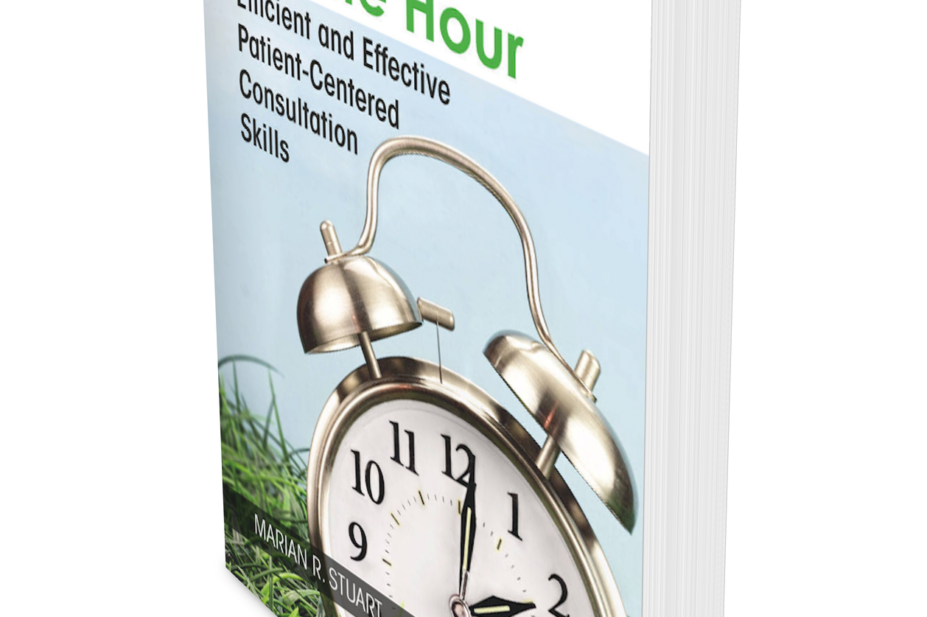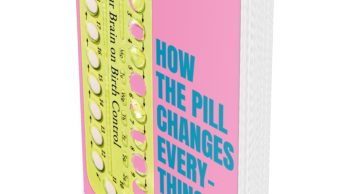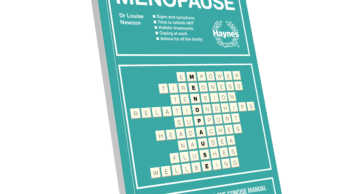
The first standard all registered pharmacy professionals work towards is a commitment to delivering person-centred care, which requires an understanding of what matters to patients to develop a shared way forward.
The Fifteen Minute Hour argues that healthcare professionals need to be able to address patient needs arising from their emotional and physical experiences. The authors describe a social support model that supports patients to feel valued, and this model is applicable to the role of pharmacy. The theoretical framework presented by the authors, which links emotional stress and physical illness, can also be applied to pharmacy practice. As accessible healthcare professionals, pharmacists can be the first port of call for patients presenting with psychological needs as well as physical needs. In the primary care encounter, this can manifest as a contact about alcohol misuse or poor diet, for example.
The book is designed to be read from start to finish and the clear, accessible writing style makes this an easy task. The authors first introduce readers to BATHE — a mnemonic to help the novice practitioner understand and offer help with the situation behind an encounter (eliciting ‘background’, understanding how the patient is ‘affected’, how the situation ‘troubles’ them, how they ‘handle’ it, and a reminder to offer ‘empathy’). The authors go on to provide insight into how the tool can be helpful in the management of wellness and chronic diseases. For pharmacy professionals, BATHE could be used to explore poor medicine adherence or barriers to positive lifestyle changes.
A second mnemonic, PLISSIT (‘permission to feel’, ‘limited information’ to explain emotional state, a ‘specific suggestion’ the authors think might help, or ‘intensive therapy’) is partly applicable in pharmacy practice, where an encounter may require the first three of these interventions, although offering intensive therapy is unlikely. They use the word “counselling” to mean giving patients suggestions or advice — interventions that pharmacists are familiar with.
Halfway through the book, the authors provide the reader with advice on how to structure the ‘15-minute hour’, and offer key tips on how to manage the encounter and adhere to the limited time available. There is a focus on avoiding unhelpful involvement in the details of a situation; however, this is probably less transferable across pharmacy practice, where knowledge of all the facts is often essential.
Unless they are also trained as a psychologist or psychoanalyst, pharmacy professionals, like many other healthcare professionals, may find the prospect of engaging in emotional dialogue to be daunting. This book provides a framework around which pharmacy professionals can start to integrate explorations of the emotional needs of their patients into their role as healthcare providers. An appendix provides suggested questions and responses that the authors have found to have “therapeutic value” when working with patients.
This book also provides a brief summary of how to deal with complex patients and specific challenging scenarios. Although the examples given are unlikely to manifest in pharmacy practice, knowing the challenges and how to signpost could help professionals to feel competent, safe and effective when employing this novel approach.
The book is written from the perspective of the primary care medical professional and, while the pharmacy profession is not identified in the text, the book is likely to be of interest to those working with a caseload of regular patients (general practice or community pharmacists, for example). The authors provide an excellent explanation of the benefit to the professional and the patient of seeing the psychological being behind the physically unwell being; for example, exploring the psychological distress behind the consultation in which the patient is requesting pain medicines. While the approaches described will not be of interest to all pharmacy professionals, some elements are transferable. However, implementation of the tools in practice may initially be challenging both for pharmacy professionals and patients, who may see it as outside the traditional pharmacy role.
John Minshull and Nina Barnett
References
Stuart MR & Lieberman JA. The fifteen minute hour: efficient and effective patient-centered consultation skills. 6th edn. Pp 210. Price £22.99. Florida: CRC Press; 2018. ISBN 978-1-13-849771-9


